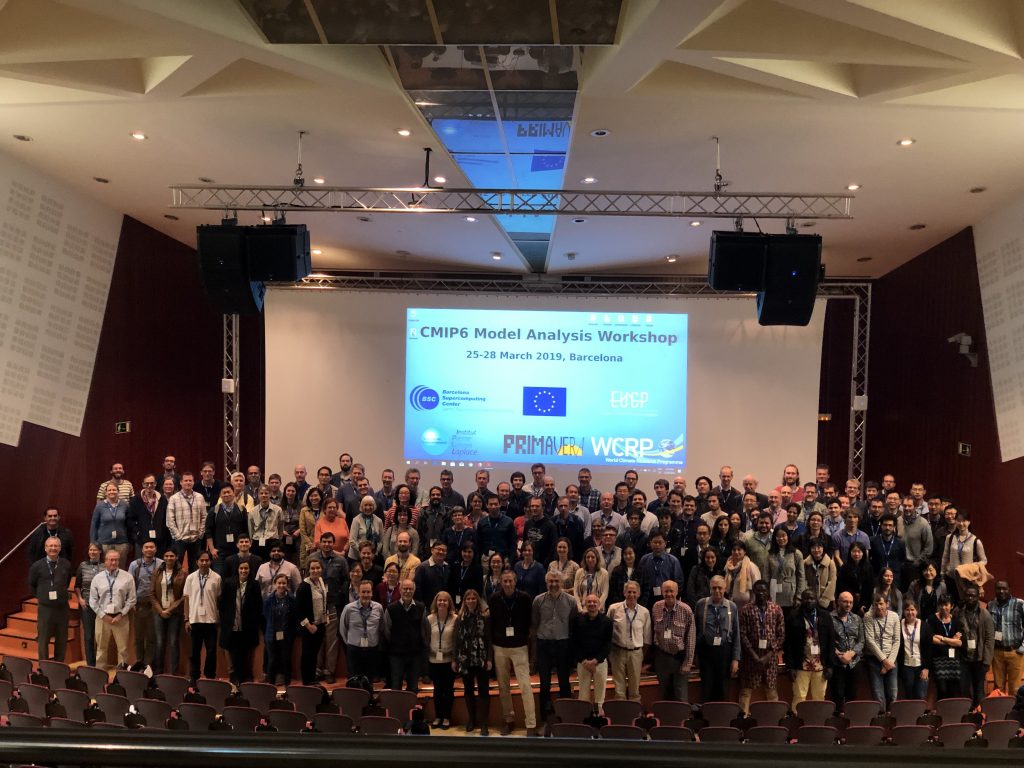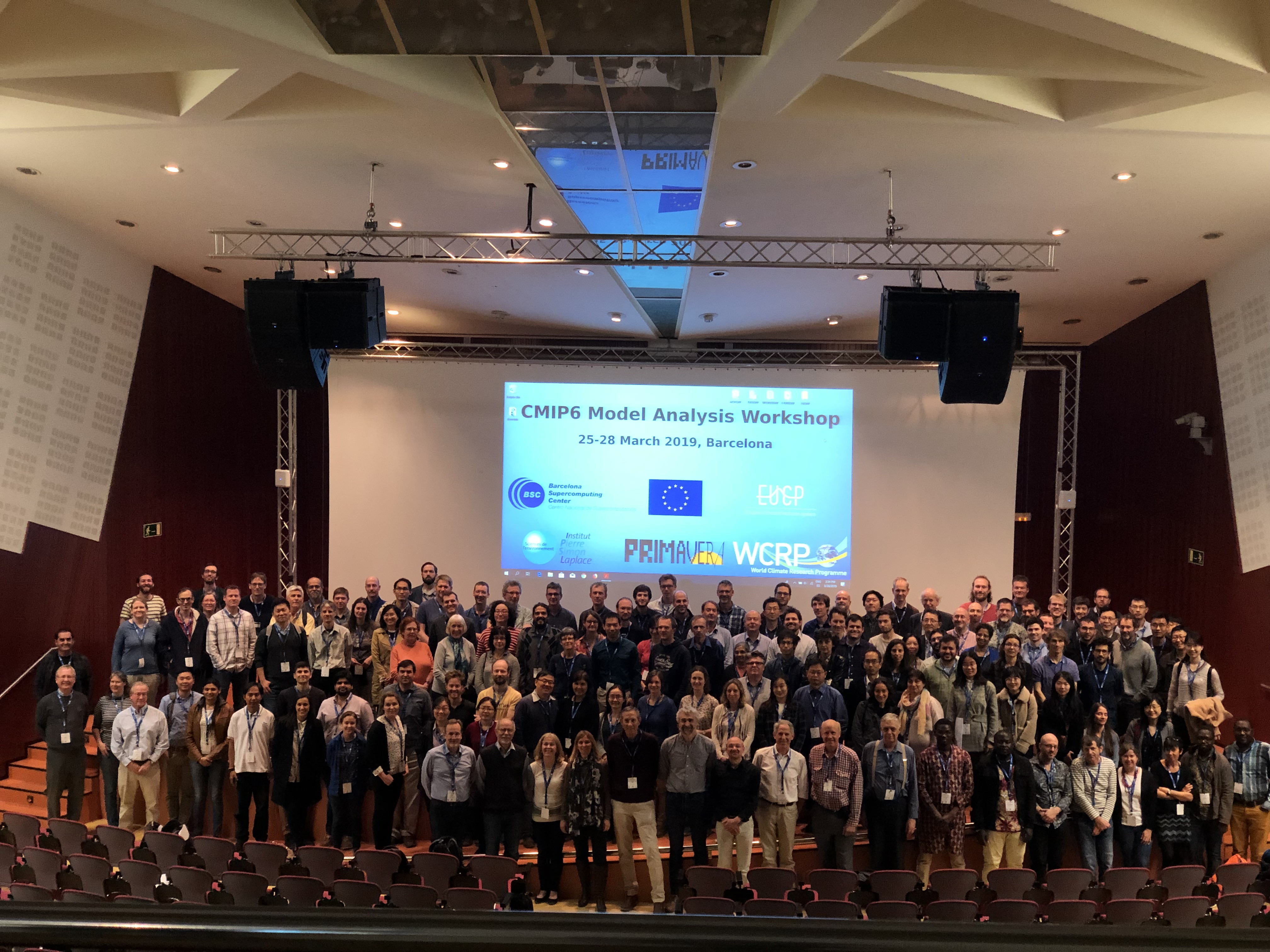The CMIP6 Model Analysis Workshop, held last week (25-28th March) in Barcelona, provided an opportunity for the various model intercomparison projects under the banner of CMIP to update the community about progress and plans. The major issue for everyone seems to be that delays in freezing climate model versions are leading to delays in running CMIP core simulations and putting pressure on modelling groups who have committed to a large number of simulations for specific MIPs. Of course, the limited number of runs currently available through the Earth System Grid Federation (ESGF) is also putting pressure on the data analysis groups who need to have a “quorum” of models before finalizing analyses! The deadline in everyone’s mind is 31st December 2019, the cut-off submission date for papers that can be summarized in the IPCC Working Group 1 report. Looks like a busy end of year. However, as the CMIP leadership team pointed out, there is still a lot of mileage in the CMIP5 simulations and the analysis of CMIP6 models will continue beyond the IPCC deadline – CMIP is not simply a service industry for the IPCC but is designed to help us understand and improve climate models in the long term.
There was a strong representation of the Palaeoclimate Modelling Intercomparison Project (PMIP) at the workshop. Sandy provided an update about the ongoing work of the SPECIAL group in synthesising and analyzing palaeodata. Sean Cleator presented his new benchmark data sets, which generated a lot of very positive discussion. There was also a great deal of interest in the SISAL database, because of their usefulness for examining the hydrological cycle. The palaeoclimate simulations being run by PMIP provide an out-of-sample test of climate models and having robust benchmarks is a prerequisite. The downside of all of this is that the meeting created a long to-do list for the SPECIAL team – so watch this space for updates.


